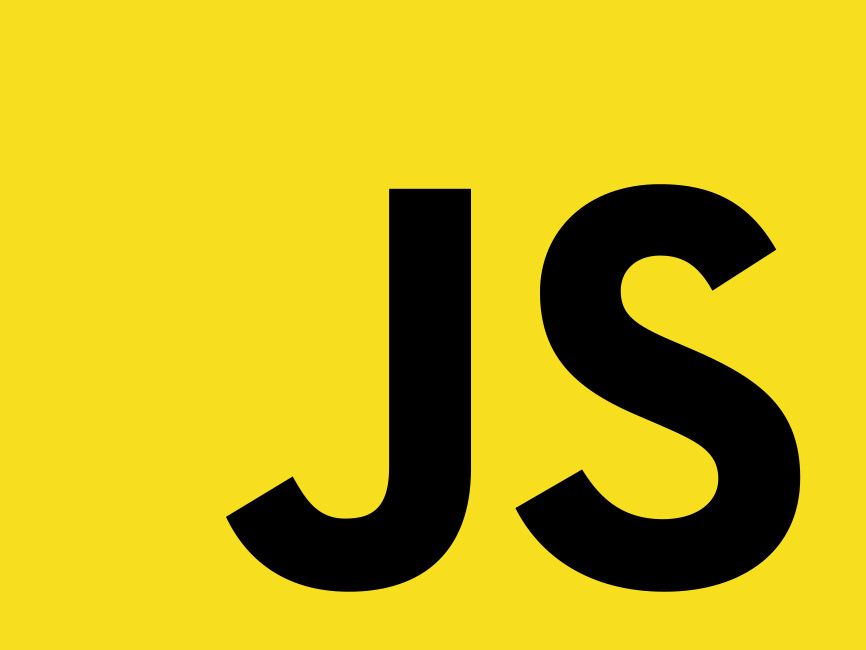Javascript

JavaScript is like the Swiss Army knife of the web development world. It started off back in 1995, created by Brendan Eich at Netscape. The idea was simple: make web pages interactive.
Think of JavaScript as the language that brings web pages to life. When you're interacting with a website – clicking buttons, submitting forms, animations – that's JavaScript at work. But it's grown into so much more since then.
Escaping the browser
Initially, it was just for the client side, which means it ran in the user's browser. But now, thanks to Node.js, we can use JavaScript on the server side too. This is a game-changer because it means you can use the same language for both front-end and back-end development. It's like having one tool to fix everything!
One of the coolest things about JavaScript is its flexibility. It supports different programming styles – object-oriented, imperative, you name it. This versatility makes it suitable for a wide range of projects. Plus, the language keeps evolving. The ECMAScript specification – that's the standard JavaScript follows – gets updates with new features and improvements regularly. So, the language you learn today keeps getting better tomorrow.
Ecosystem
The ecosystem around JavaScript is massive. There are libraries and frameworks like React, Angular, and Vue. These tools help us build complex applications more efficiently. They're like the building blocks that you can use to put together your web app. This is important because in real-world projects, you rarely write everything from scratch. You'll use these libraries to handle common tasks, so you can focus on solving unique challenges.
Remember, JavaScript is not just a language; it's an essential part of modern web development. The more you play with it, the more you'll understand how much you can do. And trust me, it's a lot. Welcome to the world of JavaScript. It's going to be an exciting journey!
Coming up
Over the next couple of pages, you'll be taking a look at how to install Node, the javascript runtime, and how to use Node to run javascript files. With that done, you'll be ready to start learning how to write javascript.
 Corndel
Corndel